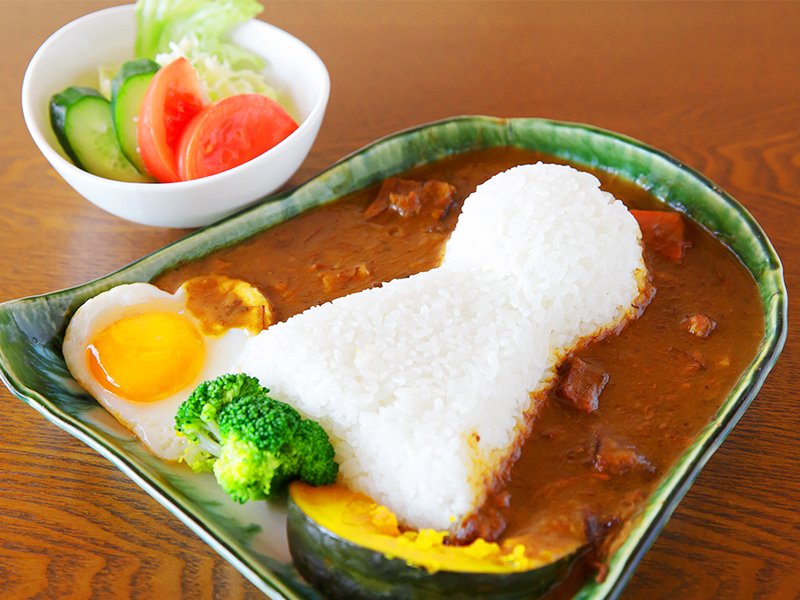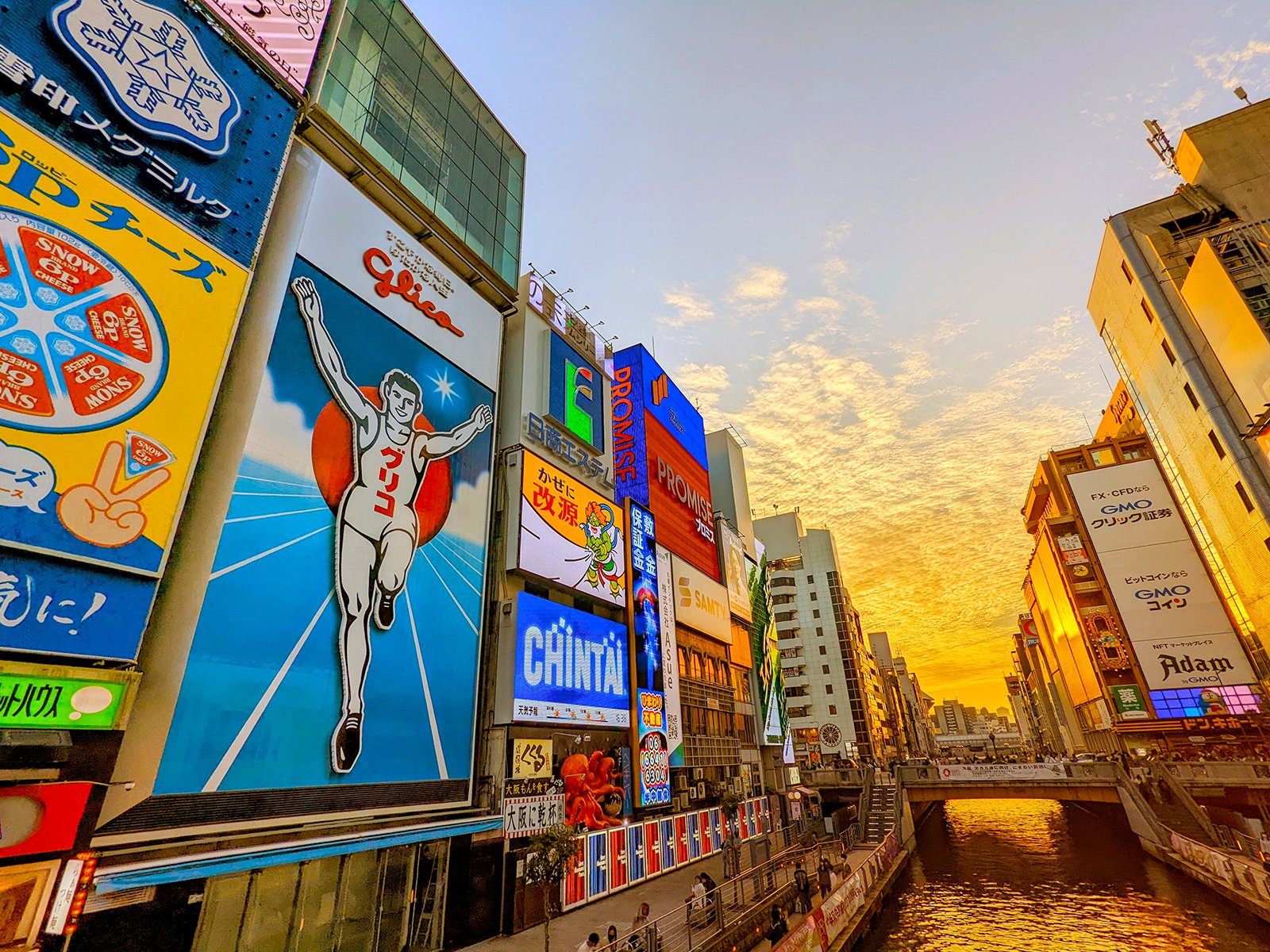Locked History: Japan’s Keyhole Tombs

Colossal monuments testify to the nation’s mythic power.
Cover photo: Aerial view of the Mozu Kofun group in Sakai City, Osaka Prefecture, Japan (2007). Via the Ministry of Land, Infrastructure, Transport and Tourism in Japan.
Intro
Across time, continent, and social class, here on earth, death is universal. Mankind’s oldest and grandest monuments were constructed as burial sites, commemorating the wealthiest and most powerful among us.
Japan alone is home to some 160,000 kofun (古墳) [tumuli or burial mounds] dating as far back as the 3rd century. The kofun can be found in varying size and shapes, such as square, circle, and scallop-shell, but the largest resemble keyholes, a tomb shape entirely unique to Japan.
Collectively certified by UNESCO (The United Nations Educational, Scientific and Cultural Organization) in 2019 as the Mozu-Furuichi Kofun Group (百舌鳥・古市古墳群), the two greatest mound clusters are located in the region of Kansai, with the largest tumulus in Osaka Prefecture’s Sakai City.
Measuring a length of 486 meters (1594 feet), Daisen Kofun (大仙古墳) — named after Daisen Town — is alleged to be Nintoku-Tenno-Ryo (仁徳天皇陵) [the Mausoleum of Emperor Nintoku], the island’s 16th king as recorded in the ancient Chinese text Nihon Shoki (日本書紀) [Chronicles of Japan].
Surrounded by three moats, the outer path of Daisen Kofun is 2.85 kilometers (1.8 miles) long, a distance which takes about one hour to walk. By volume, it is the third-largest burial mound, or tumulus, in the world, after the Great Pyramid of Cheops (Giza, Egypt) and the Mausoleum of the First Qin Emperor (Xi’an, Shaanxi Province, China).
I first learned about Sakai’s kofun by accident, while searching around Osaka on Google Maps. I was immediately fascinated by the bizarre shapes, sitting in the city center like site-specific land art, reminiscent of Robert Smithson’s Spiral Jetty. I was excited to learn more.
Kofun Period
During the Jomon Period (10,500 AD - 300 BC) nomadic groups across Japan began to farm crops, namely rice, and construct settlements. Agricultural surplus resulted in socio-political hierarchy. By the end of the 5th century, much of Japan — then called Wa (倭) — came under the rule of the Yamato Kingdom.
Massive symbols of wealth and power, the burial mounds were likely inspired by the nearby cultures of China and Korea, built to legitimize the Yamato Kingdom both domestically and overseas, as they occupy rare and valuable plains on the mountainous island.
As the ancient empire’s main port, gateway to the world, Sakai was likely to have been the political and cultural center of Wa. The imposing Daisen Kofun would have been visible from Osaka Bay, a distance of one kilometer (.6 miles).
Wa had not yet developed written language, so what little is known about this era is derived from surviving Chinese and Korean records, as well as limited excavations. The surviving burial mounds lend the mysterious era their name, the Kofun Period (200 - 600 AD).
Construction
Built some 1,600 years ago, the terraced kofun are marvels of engineering, both in their scale and longevity. Today the mounds are obscured by dense forests but they were originally covered in white stone, shining brightly in the sun.
Incredible amounts of resources and labor were required for the burial mounds. The land was first prepared, shapes precisely drawn, soil was dug from moats and moved to construct the mounds. Coffins were pulled inside on wooden sleds.
To create the largest of the kofun, it’s estimated 2,000 people worked daily for over 15 years, a feat that would likely take a team of just 60 workers only two and a half years with modern construction methods.
Originally, some 100 kofun were built in Sakai, but over half were destroyed during the city’s urbanization in the last century. Only 49 tombs of some 68 in the combined Mozu-Furuichi area were certified by UNESCO, based largely on conservation state.
Shinto
Combining stone, mountain, and water, kofun design was likely influenced by the indigenous religion of Shinto (神道), in which all natural elements and phenomena are considered divine kami (神) [deities].
According to the 7th century Kojiki (古事記) [Records of Ancient Matters], Japan’s Yamato Clan are direct descendents of the most important kami, Amaterasu (天照), sun goddess and ruler of the heavens, vital to the island’s creation myth.
The Japanese imperial line claims to be the oldest continuous hereditary monarchy in the world, lead today by reigning Emperor Naruhito (今上天皇 徳仁).
A team of researchers at the Politecnico di Milano (Polytechnic University of Milan), recently found that the kofun are oriented around patterns of the sun and moon, with their bases aligned for maximum exposure to light.
While many historians suggest the unique keyhole shape simply evolved from earlier kofun designs, the Italian team posits that the form is intended to resemble a sun and mountain, with most coffins entombed in the circular head.
The burial mounds entomb coffins of varying complexity, accompanied by collections of armor, weapons, and jewelry. A chest-shaped coffin and various artifacts were discovered at Daisen Kofun amidst an 1872 storm and landslide. While the items were quickly returned, sketches were made by researchers, and replicas are on display at the Sakai City Museum.
The museum also features replicas of excavated haniwa (埴輪), terracotta clay sculptures designed in the form of abstract cylinders, as well as human and animal figures. Unlike in China, these sculptures were not buried inside the tomb, but lined on the flat exterior terraces, like a protective barrier. Additional space on the sides of the kofun likely served as stages for funerary rituals. Some 30,000 sculptures are estimated to have lined Daisen Kofun alone.
Visiting
Upon my arrival to Sakai from Osaka City, I first visited the public observatory at City Hall, the only publicly-accessible building where the Mozu Kofun group can be viewed from above. The perspective is not optimal, both too far and too low for my liking, but it offers a real sense of the site’s tremendous scale.
Next, I headed to the Sakai City Museum, which includes artifact replicas excavated from the kofun group. While the space offered little English-language support, I enjoyed the exhibits and videos.
True to form, most of Sakai’s kofun are locked away. 188 mounds throughout Japan are under the protection of the governmental Imperial Household Agency, and as designated imperial graves, the sites are strictly off-limits.
According to records, prior to 1900, locals freely entered the grounds to collect firewood and enjoy hanami (花見) [flower viewing]. Japan’s “Great Unifier” Hideyoshi Toyotomi (豊臣 秀吉) even practiced falconry at Daisen Kofun, but today, with rare exception, visitors — including tourists, researchers, and imperial members — are forbidden entry.
I was quite disappointed to find that even the exterior moats of Daisen Kofun are closed off, as I had imagined myself exploring the overgrown territory. The closest possible spot to the mausoleum is outside the haisho (拝所) [worship place] of Emperor Nintoku.
Dressed in my Indiana-Jones-inspired outfit, I wandered around the grounds of Daisen Park instead, enjoying the blooming sakura (桜) [cherry blossoms] and the traditional Japanese garden. Upon my walk, I happened upon the new Mozu Mounded Tombs Visitor Center, which offered a dizzyingly immersive experience with panoramic ultra-high-definition aerial videos of the city.
It was bizarre to walk amongst the kofun, remnants of a long-lost era, sitting in the center of the city, crowded by contemporary structures. I watched a teenager skateboarding in an empty parking lot next to one of many burial mounds. It’s humbling to think that even the most powerful emperors of world history can be forgotten. Truly, time conquers all.
Ultimately, I left dissatisfied with the experience, longing for something more. Now, a week later, Sakai City has announced plans to allow visitors to enjoy sightseeing the kofun group from the air, in helium-powered balloons! The proposal had been delayed multiple years due to a global helium shortage, as well as the ongoing COVID-19 pandemic. Obviously, I’ll have to return (I also learned of a restaurant serving adorable Kofun Curry). I visited in spring, but in fact winter is considered the best time to visit, with the least foliage to obstruct view of the kofun shapes.
Sakai Kofun Recommended Attractions
Sakai City Hall (21st-floor observatory) [FREE]
Daisen Park (various kofun) [FREE]
Haisho (拝所) [Worship Place] of Emperor Nintoku at Daisen Kofun (closest spot to the mausoleum) [FREE]
Sakai City Museum (CGI videos and artifact replicas) [Videos are free to view and general admission to exhibits costs 200 yen (approx. $1.50)]
Mozu Mounded Tombs Visitor Center (immersive video experience and gift-shop, with contemporary haniwa outside) [FREE]
Hana Chawan (Hanajawan) Restaurant [1000 yen (approx. $8) Kofun Curry dishes]
Sightseeing Balloon Ride (from May 25th) [3,600 yen (approx. $28) per person]
Controversy & Future
The national Japanese government nominated the Mozu-Furuichi Kofun Group to UNESCO at the recommendation of Osaka Prefecture. Located between Kansai International Airport (KIX) and the major city of Osaka, the site has tremendous potential as a historical attraction.
While the financial impact of a UNESCO listing is difficult to calculate, prior to COVID-19, certification of the Mozu-Furuichi Kofun Group was predicted to generate up to 100 billion yen (approx. $750 million) annually for Osaka Prefecture, including 33.8 billion yen (approx. $253 million) for Sakai City, mostly from tourist spending.
“It is wrong to present them to the world without knowing their value, such as when they were built, and for whom,” argues Noboru Toike (外池 昇), history professor at Tokyo’s Seijo University, in opposition of the certification.
While UNESCO acknowledged how little is known about the burial mounds, the selected kofun groups were nevertheless accepted because the burial mounds provide “exceptional testimony to the culture of the Kofun period of Japan’s ancient history.”
“How do we present the kofun … in a way that is convincing,” wondered Sakai’s then-mayor Osami Takeyama (竹山 修身). The answer came in the form of a 50 million yen (approx. $375,000) renovation of the Sakai City Museum and the new Mozu Mounded Tombs Visitor Center, which both opened in 2021.
With the 2019 registration, the new UNESCO site has attracted increased scrutiny. While many scholars have disputed the idea Daisen Kofun is the burial site of Emperor Nintoku, the subject is politically fraught.
The Imperial Household Agency has a history of restricting, obfuscating, and ignoring research into the burial mounds. Lamenting the agency’s interference, late archaeologist Masayoshi Mizuno (水野 正好) believed, “We could learn some revolutionary things if we could get in them.”
Sakai’s kofun hold the secrets of Japan’s royal lineage, which could rewrite official history and risk embarrassment to the monarchy. Excavation may prove the early kings are entirely fictitious, or perhaps worse, ethnically Korean.
“Those who oppose archeological work perpetuate the myth of the unbroken line and mystique of the throne,” argued American historian John Dower, professor of Japanese history at Massachusetts Institute of Technology.
Around 2014, the Imperial Household Agency began greater engagement with researchers, and the first-ever dedicated excavation took place in 2018, conducted with the Sakai municipal government.
As archaeological interest increases, it’s unclear how tight the imperial family’s control over the kofun will remain. In their 2018 book, Burial Mounds in Europe and Japan, authors Thomas Knopf, Werner Steinhaus, and Shin’ya Fukunaga (福永 伸哉) write, “the knowledge gained in vast examinations of mounded tombs deserves to be integrated in a larger context outside of the Japanese islands in order to enrich the phenomenon of burial mounds in all its complexity and add new facets to a greater understanding of mortuary archeology.”
Personally, I believe the Mozu-Furuichi Kofun Group merits the construction of a world-class research facility. Kofun studies throughout Japan should be centered around the UNESCO site, united in international collaboration and public education. I believe that will garner the attention necessary for proper excavation and maximum tourism impact. Short of that, I suppose I’ll settle for a balloon ride.




























